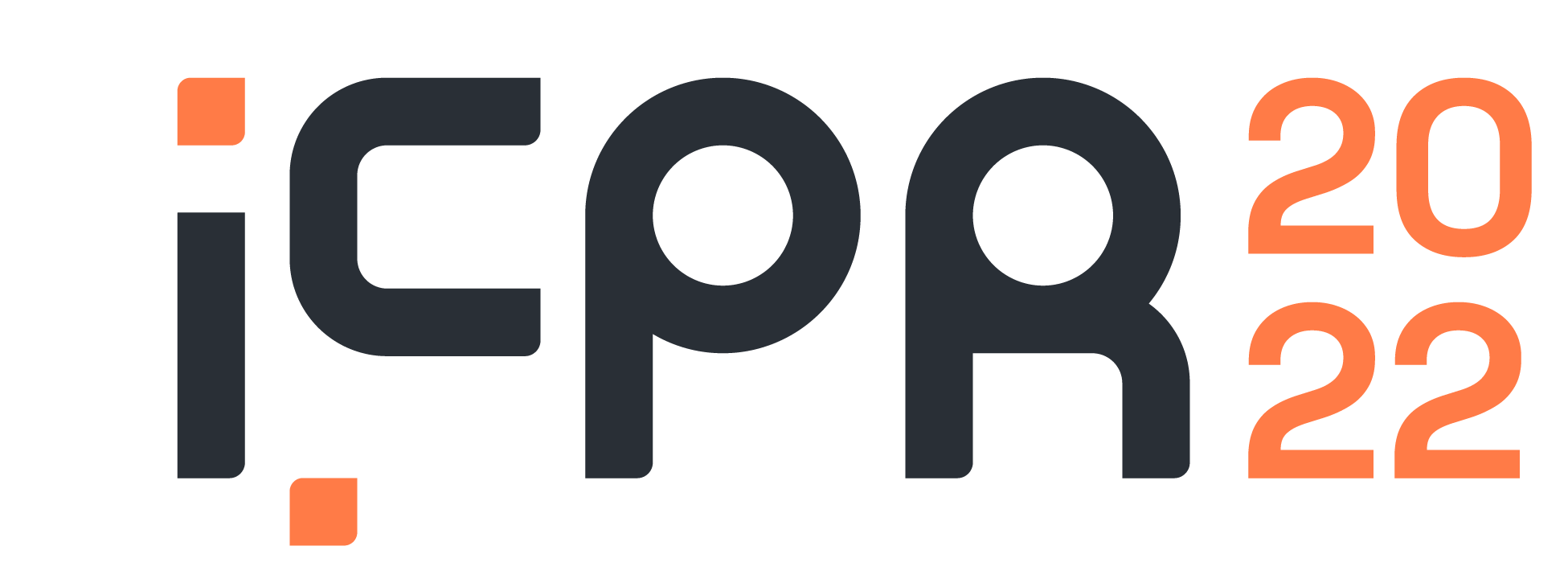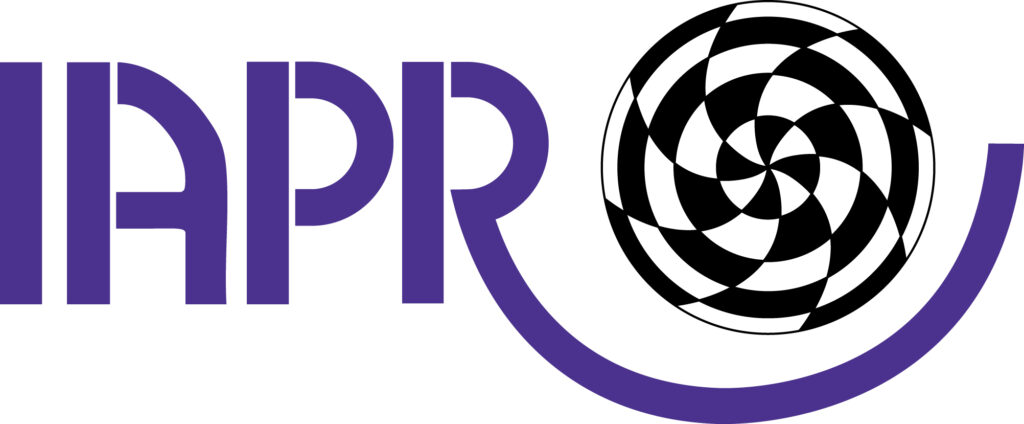All sessions to take place on Sunday, 21 August.
Virtual session: 9am-1pm
In-person session: 2pm-5pm
All times shown are in Canadian EDT or GMT-4. Convert to your time zone here.
| Name / Acronym | Organizers (with affiliation) | Short Description + Link to the Challenge Web |
|---|---|---|
| ODeuropa Competition on Olfactory Object Recognition - ODOR | Pattern Recognition Lab, Friedrich-Alexander-Universit¨at Erlangen-N¨urnberg, Germany Mathias Zinnen, Prathmesh Madhu, Ronak Kosti, Andreas Maier, and Vincent Christlein German Studies and Arts, Philipps-Universitat Marburg, Germany Peter Bell | The Odeuropa Competition on Olfactory Object Recognition aims to foster the development of object detection in the visual arts, and to promote an olfactory perspective on digital heritage. Object detection on historical artworks is a particularly challenging task because it has to cope with a great variance of styles and artistic periods. The task is furthermore complicated by the particularity and historical variance of our target objects which exhibit a large intra-class variance. These challenges encourage participants to create innovative approaches of fewshot learning or domain adaptation. We provide a dataset of about 3000 artworks annotated with 30 000 tightly fit bounding boxes that will be split in a public training set, a validation set, and a private test set. Take me there! |
| Multimodal Subtitle Recognition - MSR | Tencent Shan Huang, Shen Huang, Pengfei Hu, Xiang Wang, Jian Kang, Li Lu South China University of Technology Lianwen Jin The Chinese University of Hong Kong YuLiang Liu Lenovo Yaqiang Wu | In recent years, with the rapid rise of short videos, live broadcasts and other media-based applications, the widespread transmission of video data has led to a significant increase in user-generated content. A wide variety of creative platforms and pattern have emerged, and media publication criteria is becoming more and more civilian, leading to more complex and dynamic acoustic scenes in various long or short video and live streaming. The problems of video subtitle recognition and speech recognition under various scenarios have been of considerable concern by researchers. The development of methods accurately recognize and understand various types of video content has become an indispensable tool in downstream applications such as subtitle creation, content recommendation, digital media archival, and so on. In this challenge, we focus on extracting subtitles from videos using both visual and audio modalities. Most previous works exploit it with a single modality , and each modality has its own advantages and annotation difficulties on various types of training data. To this end, we present tasks that explore the integration of the advantages of both video and audio modalitioes. We expect to obtain high precision subtitles with lower annotation costs, thus expanding the scope of practical applications. Take me there! |
| Face Recognition Under Drone Surveillance Concerning Turbulence - FaceDrone | University at Buffalo, NY, USA Nalini Ratha, Akshay Agarwal IIT Jodhpur, India Mayank Vatsa, Richa Singh | Identification of a person at a remote location and crowded locations demand the deployment of unmanned aerial vehicles such as drones. To maintain the safety concern of both the humans and the vehicle, these vehicles are always placed at a certain distance from each other which is generally larger in coveted scenarios. Therefore, the captured images reflect the following characteristics: (i) low resolution, (ii) low quality due to camera functionality and impact of weather conditions and motion of the vehicle. In this, the effect of the weather conditions is critical to consider for effective face recognition in drone surveillance. In this challenge, for the first time, we will release the drone face images reflecting turbulence-like effects which make not only the problem interesting but complicated enough to solve. Take me there! |
| Competition on HArvesting Raw Tables from Infographics - CHART-Infographics | Facultad de Ingenieria, Universidad Tecnológica Centroamericana Kenny Davila, David A. Mendoza Department of Computer Science and Engineering, University at Buffalo Saleem Ahmed, Fei Xu, Srirangaraj Setlur, and Venu Govindaraju | Charts are a compact method of displaying and comparing data. Automatically extracting data from charts is a key step in understanding the intent behind a chart which could lead to a better understanding of the document itself. The goal of the third edition of the Competition on Harvesting Raw Tables from Infographics (ICPR 2022 CHART-Infographics) is to provide a standard benchmark for methods that enable recognition and recognition of statistical charts. We divide the process of chart recognition into multiple tasks: chart image classification (Task 1), text detection and recognition (Task 2), text role classification (Task 3), axis analysis (Task 4), legend analysis (Task 5), plot element detection and classification (Task 6.a), data extraction (Task 6.b), and end-to-end data extraction (Task 7). Previous editions of CHART-Infographics generated publicly available chart datasets (real and synthetic) as well as open-source tools for chart annotation and evaluation of chart recognition models. Our data and tools have been used not only by competition participants, but also by multiple recent published works in the field. The third edition builds on our previous efforts by improving existing tools and datasets. We provide much larger datasets of real charts including a brand new test set with special focus on previously under-represented chart types. Take me there! |
| Real-World Video Understanding for Urban Pipe Inspection - VideoPipe | Shenzhen Institutes of Advanced Technology, Chinese Academy of Sciences, China Shanghai Artificial Intelligence Laboratory, China Yali Wang, Yu Qiao Shenzhen Bominwell Robotics Co.,Ltd, China Yi Dai, Fei Xie | Video understanding is an important problem in computer vision. Currently, the well-studied task in this problem is human action recognition, where the clips are manually trimmed from the long videos, and a single class of human action is assumed for each clip. However, we may face more complicated scenarios in the industrial applications. For example, in the real-world urban pipe system, anomaly defects are fine-grained, multi-labeled, domain-relevant. To recognize them correctly, we need to understand the detailed video content. For this reason, we propose to advance research areas of video understanding, with a shift from traditional action recognition to industrial anomaly analysis. In particular, we introduce two high-quality video benchmarks, namely QV-Pipe and CCTV-Pipe, for anomaly inspection in the real-world urban pipe systems. Based on these new datasets, we will host two competitions to bring new opportunities and challenges for video understanding in smart city and beyond. Take me there! |
| Moving Object Detection and Tracking in Satellite Videos - SatVideoDT | National University of Defense Technology Yulan Guo, Qian Yin, Feng Zhang Ye Zhang University of Oxford Qingyong Hu | Satellite video cameras can provide continuous observation for a large-scale area, which is suitable for several downstream remote sensing applications including traffic management, ocean monitoring, and smart city. Recently, moving objects detection and tracking in satellite videos have attracted increasing attention in both academia and industry. However, it remains challenging to achieve accurate and robust moving object detection and tracking in satellite videos, due to the lack of high-quality and well-annotated public datasets and comprehensive benchmarks for performance evaluation. To this end, we plan to organize a challenge based on the recent VISO dataset, and focus on the specific challenges and research problems in moving object detection and tracking in satellite videos. We hope this challenge could inspire the community to explore the tough problems in satellite video analysis, and ultimately drive technological advancement in emerging applications. Take me there! |
| Detection of wastewater contaminants through low cost sensors: a multi-class problem - WaterContaminants | Scientific laboratories of the Polish police, Poland Piotr Olejnik Central Forensic Laboratory of the Police (Poland) Anna Trynda University of Cassino and Southern Lazio (Italy) Mario Molinara, Luca Gerevini, Luigi Ferrigno, Carmine Bourelly Sensichips s.r.l. Luca Ruscitti, Francesco Magliocca | Water pollution caused by human activities poses a serious global threat to human health. Sensor technologies enabling water monitoring are an important tool that can help facing this problem. In this challenge, we propose a dataset acquired in different laboratory around the Europe through a proprietary sensor technology for the detection and recognition of fourteen water contaminants. The system architecture of the acquisition system is composed of two layers: (i) a sensing layer based on the SENSIPLUS chip (customized in a commercial solution called Smart Cable Water - SCW) with different interdigitated electrodes metalized through different materials; and (ii) a data collection and communication layer with both hardware and software components. Take me there! |





